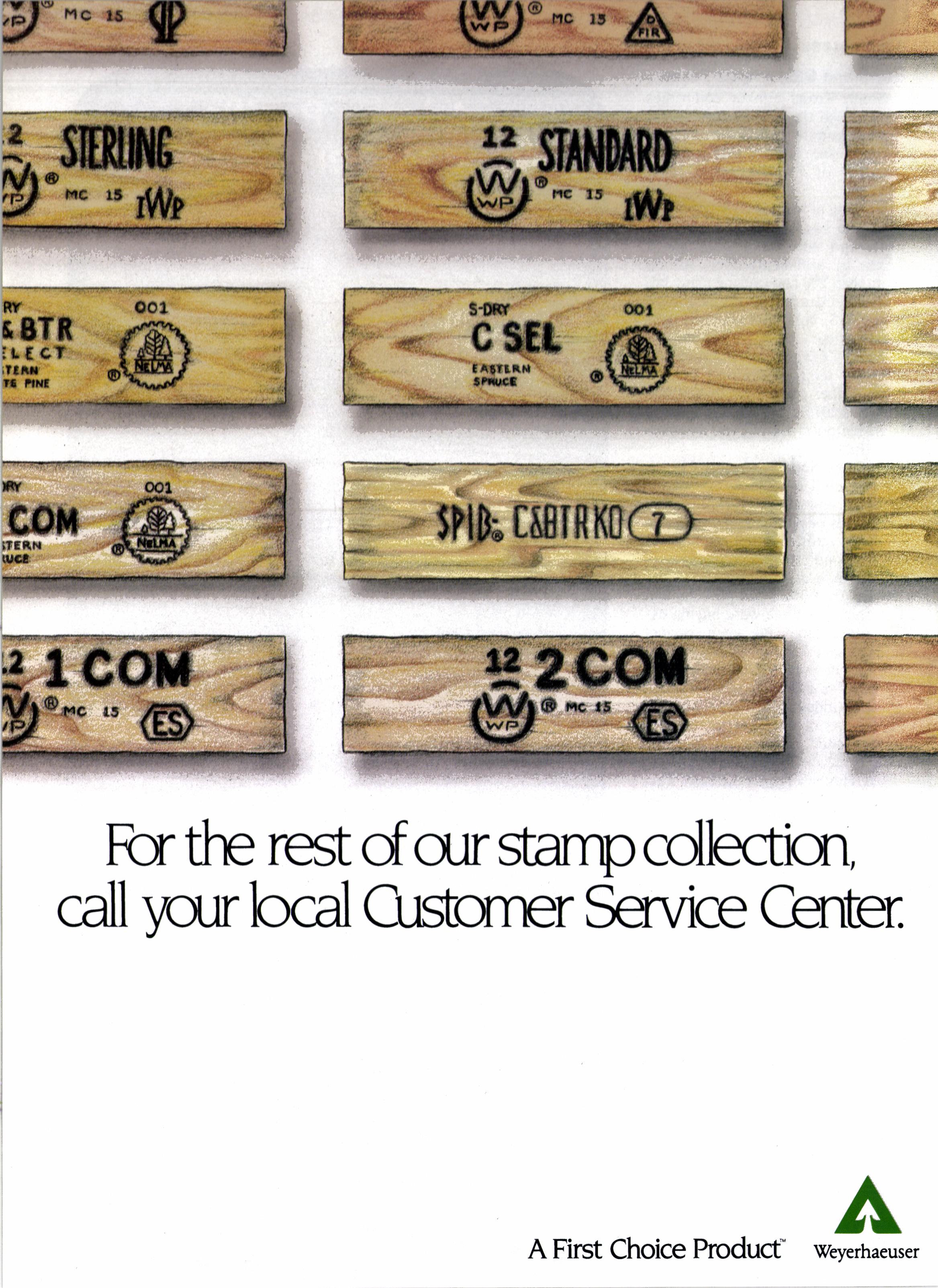
2 minute read
EDITORIAL
DAVID CUTI,ER publlsher
Gramps ls In, funlor ls ottt
A FTER two decades of emphasis on the A youth market, demographics are increasingly identifying older consumers as the hot new market for the 1990s. The so-called mature market is growing rapidly while many younger segments are actually decreasing. By the niidnineties more than twenty percent of the population will be 55 or older.
With per capita income twenty-five percent above the national norm, older consumers account for twenty-five percent of new car purchases and thirty percent of food purchases. Three-fourths of those over 65 own their own homes and eight out of ten are mortgage free. We're talking serious money here.
All companies need to be aware of this important market segment and how they can most effectively serve it. Just as selling the youth markets took a special sensitivity, so too with the older group. Retailers, for example, need to ensure that suppliers are providing products, packaging and other services needed to compete for seniors' dollars. ln packaging, sometimes it is as elementary as having larger type on the product, an acknowledgement that eyesight wanes as experience grows.
Clerks and cashiers need education so that they have the understanding to properly relate to older customers. Seniors often complain that younger clerks assume that everyone with gray hair must be deaf and probably senile. Like all customers, those over 55 expect to be treated with respect and to have their problems treated with consideration and dispatch.
It will be interesting to see how our industry copes with this major shift in the people part of our business.
October 1988
Hurricane Sideswipes Texas
South Terlrs lumber contpanies experienced the lull dllcl'the storm as a last minute shift in the direction of Hurricane (iilbert rcsulted in a f-raction of the expccted local damage.
Peaking at winds of I 75 mph, the hurricanc swept through the ('aribbean and Mexico toward south Texas in mid-September, killing nrore than 200 and causing many billions of dollars in clamage. Just south of the U.S. border. rt whipped back into Mexico.
Many l'cxans were lbrced to evacuate their homes and flooded local Iumber companies to buy plywood, scaffblding, nails. n-rasking tape. batteries. flashlights, and propane fuel.
Builders Square. (iorpus (lhristi, Tx.. ordered emergcncy shipments of all ol- the above. including five truckloads of ply'woocl
Many yards reported running out of' plywood. which homeowners sought to board up their windows. "After we sold all our plywood and waferboard, people werc buying expe nsive siding and even cabinet faces," said John Gonzales. White Lumber & Supply. Port lsabel, Tx. "We had to evacuate. so we boarded up our windows. But sonteone stole two sheets of our plirwood. I guess they' needcd them more than we did."
At Hughes-Tuggle Lumber ('o., Brorvnsville, Tx., once the plywood was cleared out, the staff began suggesting 1x 12 lumber to board up the windows.
Most dealers closed for a three or fbur day weekend and found themselves backed up the fbllowing week not with overflow business but with backed up paperwork. Groaned the managcr of llandy l)an Hardware. Brownsville. "We lost a whole wcek. "
Structural Panel Decline
Irollowing 1987 production of 27 billion sq. ft., structural panels will dip slightly in demand in 1989-90, then rise to a record 29 billion sq. ft. for 1992. forecasts the American Plywood Association.
The APA reports a 10.-5 billion sq. ft. structural panel growth since 1980. 37%, being nonvencer panels and 6Jolt, plywood.











